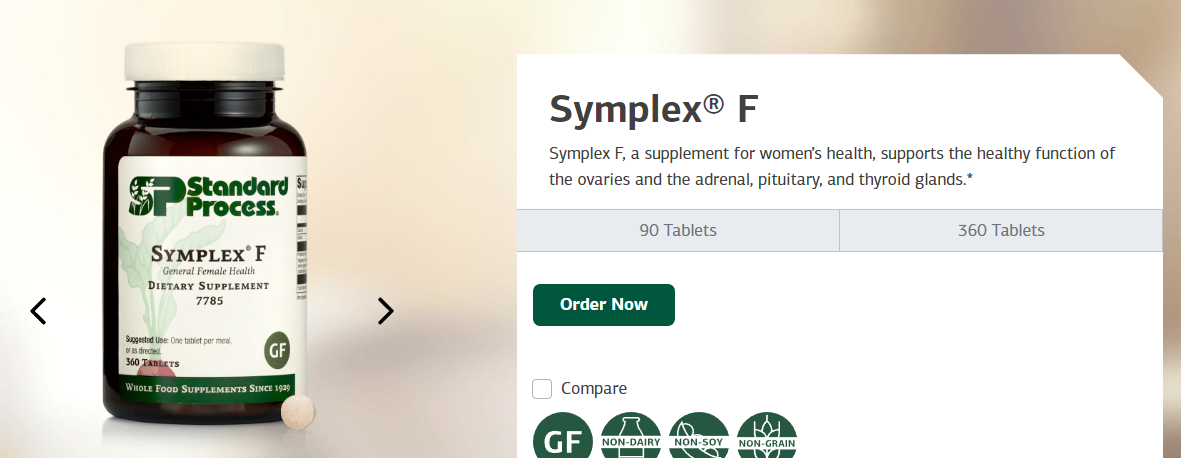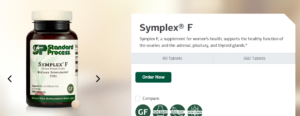Rice is a staple of the diet of millions of people around the world. But it’s also a commonly-consumed source of arsenic exposure, which can cause long-term health problems. In this article, we’ll explain how and why rice is tainted with arsenic and what you can do to minimize your risk from this toxin.
What is arsenic?
Arsenic is a chemical element with the symbol As and atomic number 33. It’s a metalloid that occurs naturally in the environment, but you can also find it in some minerals. The most common form of arsenic is trivalent (meaning it has three valence electrons) arsenic. Arsenic is widely distributed throughout the earth’s crust; examples include volcanic rocks, sedimentary deposits, coal seams and industrial wastes such as pesticides or pigments for paint manufacturing.
Rice contains trace amounts of arsenic due to natural contamination from soil or water sources near where rice was grown—the potential exposure range varies depending on location. In general, however, no evidence consuming more than 0 – 1 mg/kg body weight daily intake increases the risks for cancer development over time. But eating other foods containing substantial amounts of organically bound arsenic, like fish or shellfish, could increase your risk of developing diseases like heart disease. However, further research needs to be done before we can say definitively if this happens with long-term consumption levels over several weeks or months at high doses!
Why is arsenic in my rice?
Arsenic is a naturally occurring element that occurs in soil and water. Rice is a crop that absorbs arsenic from the soil, so when it’s grown in places where there are high levels of arsenic in the soil, you can expect to see it in your rice.
Other foods are also likely to have high levels of arsenic if grown near areas where soil or water contains high concentrations of arsenic.
What are the health effects of arsenic?
Arsenic is a highly toxic element that can cause cancer and other health problems. You can find it in water, soil, air and food. Ingesting arsenic over time can lead to a variety of diseases, including skin disorders like
- acne or psoriasis;
- cancers such as bladder cancer;
- reproductive issues like infertility;
- cardiovascular disease such as high blood pressure;
- liver damage (hepatotoxicity);
- cardiovascular disease (cardiotoxicity)
- nerve pain/nerve disorders.
Which foods contain the most arsenic?
Rice, cereals and wheat are the most commonly contaminated foods.
Rice – brown rice is a known source of arsenic. It’s also often fortified with additional vitamins and minerals like iron. White rice is more contaminated than brown because it’s grown in flooded fields that leach out more arsenic into the water table, where it collects on top of the grain as it grows. In addition to this effect, production methods for white rice may also increase its content of heavy metals such as cadmium or lead through chemical fertilizers used during cultivation or application of nitrogenous compounds (like ammonium sulfate).
Cereals – Wheat bran flakes contain high levels of arsenic. Whole-grain wheat flour and bran have lower levels but still pose some health risks due to their other ingredients. In addition, corn germ meal can contain heavy metals like mercury and lead if not properly handled during production procedures at processing facilities. These materials originate from farms nearby those processing plants.
How can I reduce my risk from arsenic?
The best way to reduce your risk of exposure to arsenic is by washing rice thoroughly.
Wash the rice in a colander before cooking it, then rinse it well before storing or serving.
When you’re done cooking and have finished your meal, wash out any leftover water from the pan or pot used for making rice (you can use this same method for spaghetti sauce).
You can’t make certain that your risk of arsenic exposure is zero, but by cooking rice in a certain way and washing it thoroughly, you can minimize that risk.
You can’t make certain that your risk of arsenic exposure is zero, but by cooking rice in a certain way and washing it thoroughly, you can minimize that risk.
The most important tip you can give yourself when preparing brown rice is to boil it for at least 15 minutes. This tip will help kill any bacteria on the surface of the grain, which may have contaminated it during processing or storage before you bought it. While boiling is necessary for safety reasons, if you’re not comfortable doing so at home (or don’t have access to an electric stove), follow these instructions instead:
- Fill a pot with 2 quarts water and bring it up to a boil; add one teaspoon salt per cup of uncooked brown rice; cover tightly with a metal lid or plate; reduce heat until bubbling subsides (should take about 20 minutes).
- Turn off the heat source immediately after removing the lid/plate from the pot, allowing steam inside the container trapped by the lid/plate. At the same time, the cooking process continues without an additional heating element being added until all moisture evaporates away, leaving only solidified material left behind.
Conclusion
As you can see, rice is a very common source of arsenic for those who eat it regularly. Unfortunately, rice is one of the most commonly consumed foods in the world—so it’s no surprise that many people are regularly exposed to high levels of this dangerous toxin. While no single solution will completely rid your body of all traces of arsenic, cooking your rice properly and washing it thoroughly before eating will reduce your risk significa







